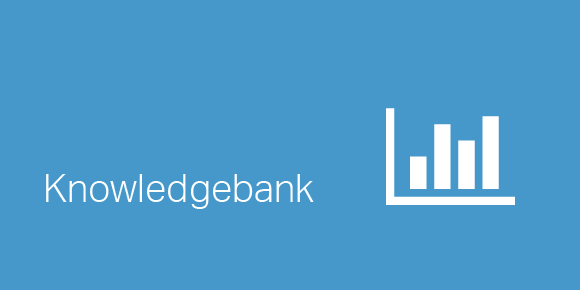
In recent years we have seen corporates tap the debt markets in different ways to optimize different metrics. Whether trying to reduce cash interest payments with a classical convertible, minimize credit rating impact through ‘perpetual’ bonds or, as discussed in this article, to avoid dilution by issuing non-dilutive convertible bonds. So how can a convertible bond be non-dilutive I hear you ask? In essence, it alone, cannot and I’ll explain here what is going on.
What is a convertible bond?
A corporate can issue bonds with a lower coupon than usual, if they give a ‘convertibility option’ to the investor. In essence the investor gives up some coupon, in exchange for a call option on the issuer’s stock – not a free call option though – they have very much paid for it in the form of accepting a below market coupon. So from the issuer’s side, they are saving cash with this lower coupon, but the shareholders of the issuer will get diluted when convertible bond holders press that conversion button, give up their bond rights, and take the newly valuable shares instead. So a non-dilutive convertible sounds like an impossibility, and in truth it is.
So how does a non-dilutive convert work?
What really happens here, Michelin’s USD 400 million issue in January 2017 is a good example , is that the issuer sells a standard ‘dilutive’ convertible, but then hedges this dilution in the open market, by purchasing call options on their own stock, in the same notional amount, with the same maturity as the convertibility feature of the bonds. So whenever a bond gets converted into more valuable stock, the issuer exercises the standalone call option they bought in the market place, typically from an investment bank, and passes on the stock to the convertible bond investor. They are taking one share out of the share count when they exercise their call option, and then releasing it back into the market, by giving it to the convert holder. There is no net change in shares outstanding after conversion.
Looking more closely at the Michelin issue, you might think that the fact that the convertible is cash-settled, rather than settled with stock, may explain the non-dilution, but the cash settlement is a moot point, economically speaking. While it is fair to say that on a literal level, all cash settled securities are non-dilutive, the economic reality is that the cost of dilution is borne by the shareholder even when cash-settled. The economics, if not the mechanics, of issuing a cash settled convert are the same as those of issuing a physically settled convert, as the cash used to settle the former, could be used to buy stock in the market, and make good on the delivery of the latter. However, without the long call option purchased by the issuer, the issuer’s shareholders would still face dilution costs whether the convert was vanilla (convertible to stock) or cash settled – either way they suffer a loss of share of profits as their stock price climbs.
What is the point?
You might be wondering “what is the point of saving the cash on the convertible coupon, if you are just going to spend that cash on a call option – you should have just issued a vanilla bond all along”? The answer is that because markets are imperfect, there are times when synthetically issuing a vanilla (as that is what a non-dilutive convertible really is) can sometimes be cheaper than issuing a real vanilla. Supply and demand don’t have to be totally rational. Where there is demand for convertible bonds that implicitly exceeds the fair price of implied volatility (the price of the call option) plus the fair price of a vanilla bond, it will be cheaper to issue a convertible and buy back the short call option, than it would have been to issue the vanilla outright. This is yet another clever illustration where the banking industry comes up with a cheaper synthetic solution to a vanilla product.
For some further reading on a related topic, take a look at our Call-Spread Overlay article. Having read this, you will see that they could be called ‘partially dilutive convertible bonds’. Whereas in the case of a call spread overlay an issuer is pushing the dilution event further up the price graph, in the case of a non-dilutive the issuer is eliminating the dilution completely, but at a greater cash option cost on the long call position.
Please do not hesitate to contact us, if you are having trouble viewing or accessing this article.
Copyright© 2017 AMT Training

